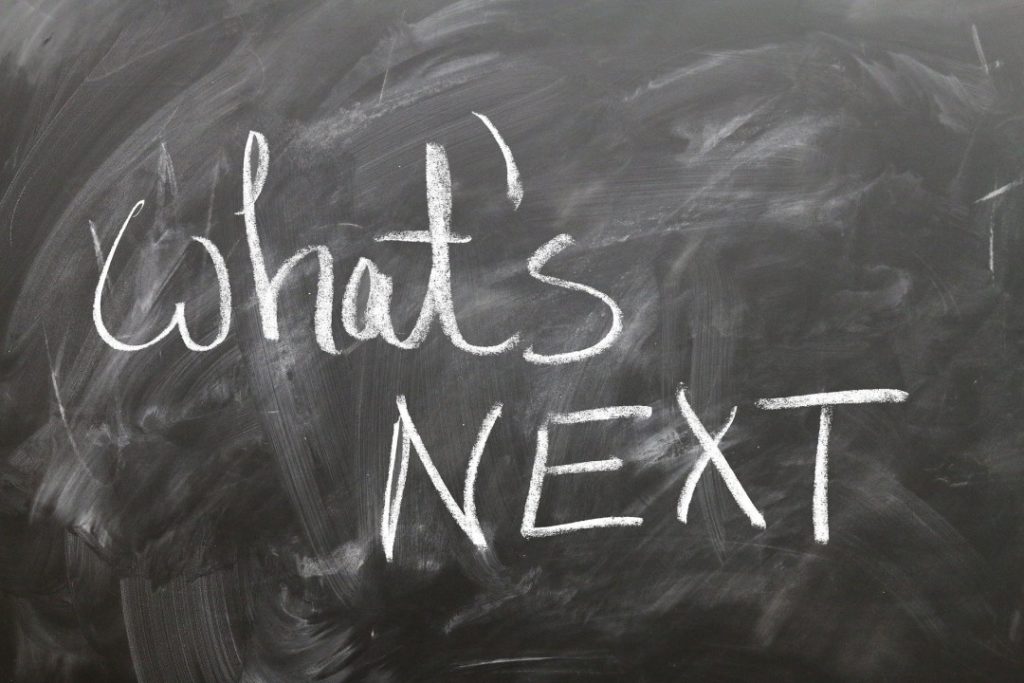POSTE ITALIANE – Helping Italy Make the Digital Quantum Leap

Can the boot-shaped nation pass the test of its coveted digital revolution? Francesco Caio, Poste Italiane’s Chief Executive Officer, outlines how his company can contribute
As the country’s leading provider of integrated postal, logistics, e-commerce, financial, insurance, mobile telephone, and digital communications services, Poste Italiane plays a crucial role in securing Italy’s place among the elite economies of the world.
A national pillar because of its sheer size and socioeconomic influence, the company boasts an impressive network of 13,200 post offices and 142,000 employees, handles around 50 million transactions a day for 33 million customers nationwide, generates annual revenues in the neighborhood of €30 billion, and holds around €470 billion in postal savings deposits.
“The widespread coverage of the country and the close proximity that we are able to guarantee our customers, thanks to our infrastructure and our 28,000 mail carriers, represents a formidable asset for Poste Italiane, even in the digital age, as it contributes to building trust, and trust is our core business,” explains Francesco Caio, Poste’s dynamic and outspoken chief executive officer. “Our further ability to integrate all of this with state-of-the-art logistics and digital services turns us into a powerful catalyst of transformation, as well as a key propeller for the simplification of public services,” he adds. This latter is particularly important, having been identified by the government as a major hurdle to attracting fresh foreign direct investments.
A consummated and highly accomplished veteran of the telecommunications industry, Caio makes no mystery of the challenge his teams face: “Our medium-term business plan is all geared towards positioning us as Italy’s ultimate driver of innovation and inclusive socio-economic development; two areas of vital importance for our country’s overall competitiveness,” he says. and continues, “It is both a monumental task and a huge responsibility, but after the slump of these past three years, Italy is once again back on its feet and Poste Italiane is determined to help it regain center stage in Europe.”
Caio, who has sat at the helm of the company since May 2014, has been entrusted with the task of accelerating the country’s digital agenda and guiding Poste Italiane through its eagerly awaited initial public offering. Billed as Italy’s largest privatization in over fifteen years, it became a reality on October 27, 2015. Caio describes it as “a goal and a starting point at the same time.”
And while assessing its contribution to reducing Italy’s massive public debt may be premature, the move epitomizes the government’s unwavering determination to push forward its ambitious economic reform plan. Indeed, it plays trailblazer to the privatizations of FS Italiane and ENAC, two other highly prized assets in the government’s coffers, both of which are in the pipeline and just waiting for the green light.
Caio’s take on the subject is razor-sharp: “The privatization of Poste Italiane represents not just the accomplishment of a financial goal but, also and foremost, a strategic one. At a time when the company’s effort to reposition itself as a leader and a role model of innovation is met with the cutting of public funds, the only way to guarantee its sustainability was to open it up to the market.”
The postal needs of citizens are changing everywhere, and Italy is no exception. The progressive drop in demand for traditional mail services in recent years—prompted by the expansion of Internet-based communication—has been partially offset by a pronounced hike in the parcels and e-commerce segment. In response to such unequivocal market alerts, Caio highlights, “Going forward our sustainability will be largely based on our ability to offer a logistic platform that can handle, promptly and efficiently, the payments of goods purchased online and their delivery to either home or to a postal office.” To that effect, the company is pursuing further investments in the upgrading of its infrastructure and logistics network, confident that will further improve the quality of its services and promote significant levels of growth.
Caio concludes, “Poste Italiane is a company that straddles tradition and innovation simultaneously, acting as a sort of bridge between analog and digital, between physical and immaterial. I am a firm supporter of a hybrid model, that is, one that leaves our customers free to choose which of our plethora of services to use and how.”
POSTE ITALIANE – Helping Italy Make the Digital Quantum Leap Read More »



